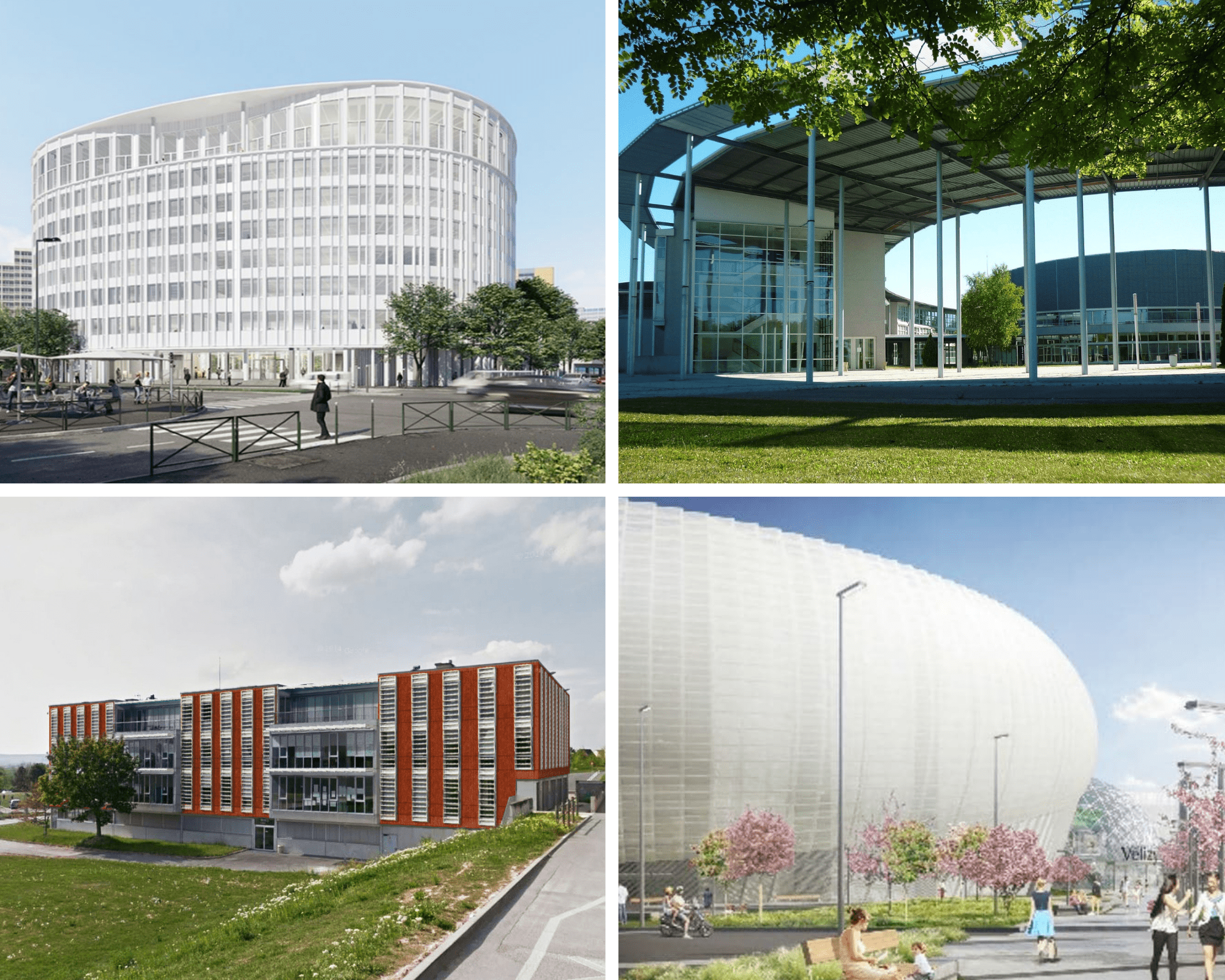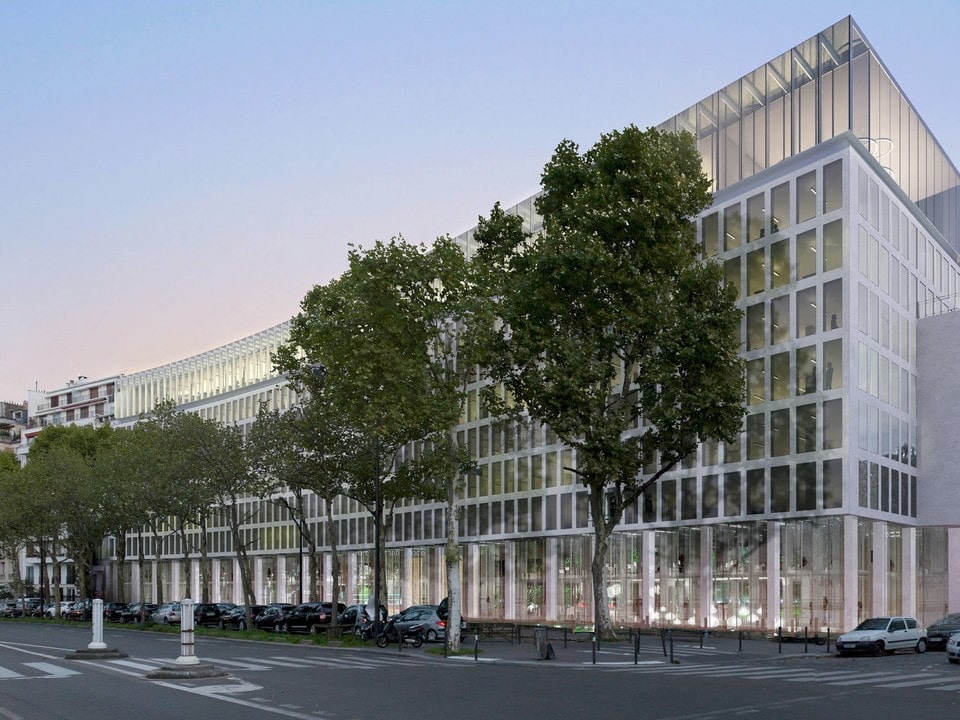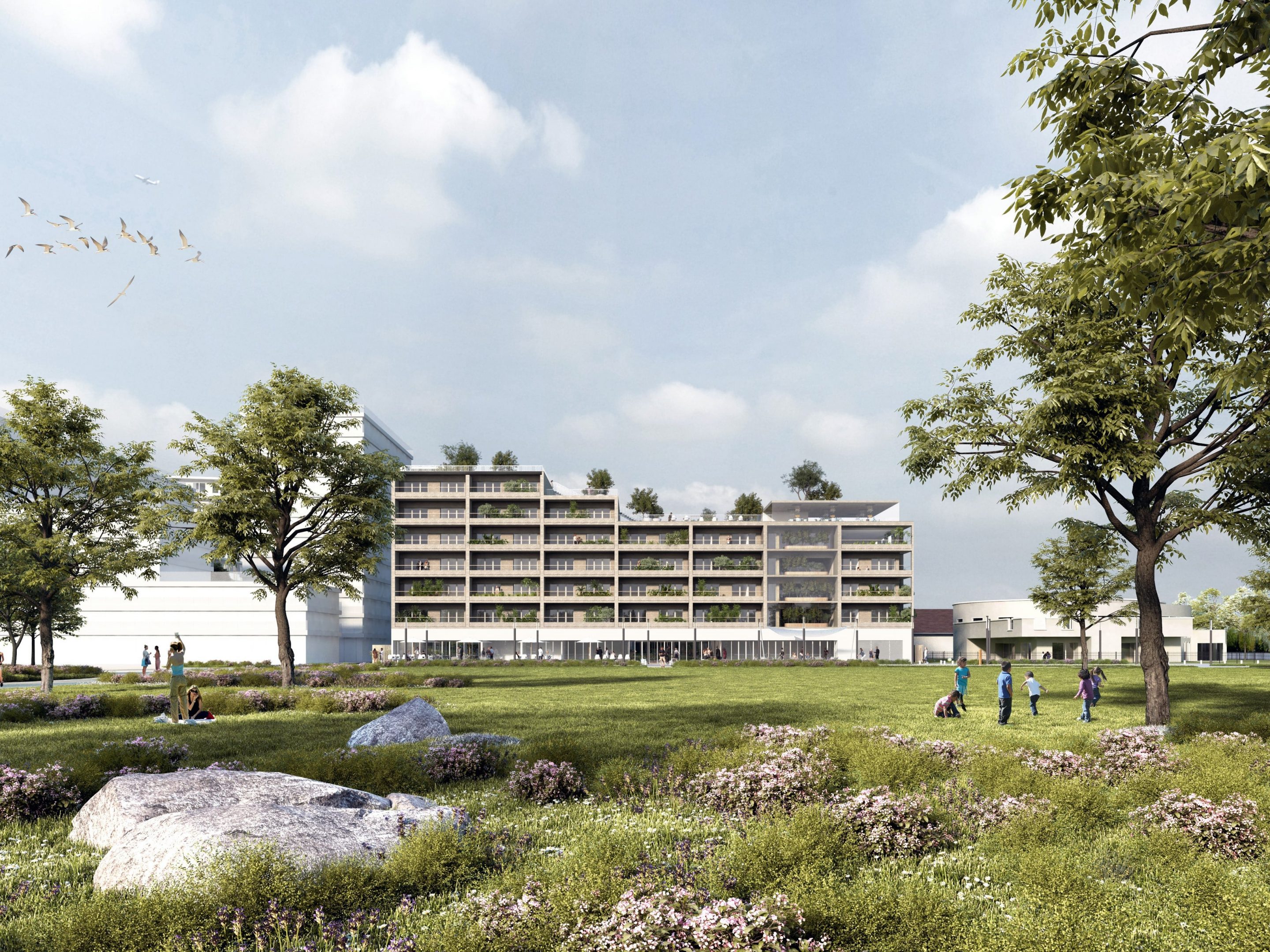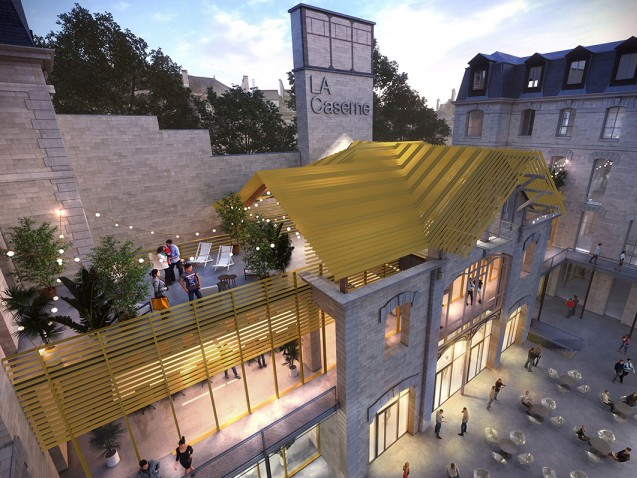The environmental regulation of 2020
Preparing for the environmental challenges of tomorrow
The French government created the environmental regulation 2012 in 2010 to limit the primary energy consumption of new buildings to a maximum of 50 kWhEP/m² per year on average. It has decided to go further in its eco-responsible approach by creating the environmental regulation 2020. This new regulation has a broader scope in order to aim for carbon neutrality in France by 2050. According to the Ministry of Energy Transition, the building sector accounts for 44% of energy consumption and nearly 25% of CO₂ emissions in France.
Since July 1, 2022, this new regulation has come into force for office buildings and educational institutions.
PHOSPHORIS sheds light on the challenges of the environmental regulation 2020 and outlines the solutions to meet the requirements of the regulation.

The environmental regulation 2020 : an important issue
What is the environmental regulation 2020 ?
The Environmental Regulation 2020 is a new regulation that applies to new buildings. It takes into account the energy performance, the environmental footprint of the building and its ability to generate energy.
The environmental regulation 2020 has been planned since 2018 by the ELAN law (Evolution of Housing, Development and Digital).
Here are the 3 main objectives of the environmental reduction 2020 for buildings:
• Improve energy performance, by encouraging the replacement of fossil fuels with renewable energy.
• Decrease environmental impact, by reducing carbon emissions over the entire life cycle of the building.
• Make them more comfortable for occupants during hot weather, which will intensify with climate change.
Which projects are concerned by the environmental regulation 2020 ?
The environmental regulation 2020 concerns all new buildings as of January 1, 2022, namely the dwellings, single-family homes, multi-family buildings, tertiary buildings, building extensions and temporary constructions. This regulation came into force on January 1, 2022 for residential buildings. It applies since July 1, 2022 to office buildings and educational institutions. From January 1, 2023, the environmental regulation 2020 will apply to all other categories of tertiary buildings. The evaluation of the respect of the requirements will be done at the level of the building permit, at the beginning of the building site and at the end of the building site.
For example, for the carbon footprint, the targets to be achieved are phased in gradually :
• – 15 % In 2024.
• – 25 % In 2027.
• – 30 % to – 40 % by 2030.
Note that these deadlines will differ according to the sector of activity, they will be applicable more quickly for single-family homes and more gradually in collective housing and other tertiary buildings.
How to comply with this new regulation ?
The environmental regulation 2020 has set criteria for a successful ecological and energy transition of buildings. The main criteria are the following :
• A heating consumption below 12 kwhep/m²
• A threshold for indoor air quality
• A minimum threshold of thermal and sound insulation
• The presence of at least one source of renewable energy production, such as photovoltaic panels or the Canadian well.
• Reduction of the building’s carbon footprint
Solutions to meet the thresholds defined by the RE 2020 include :
• Installing a heat pump and/or solar heating system for heating the building, as well as installing a solar and thermodynamic water heater for domestic hot water
• The use of bio-based materials contributes significantly to the storage of atmospheric carbon and the preservation of natural resources
• The optimization of thermal insulation in order to reduce heat loss
• The installation of a ventilation system equipped with a heat recovery of the stale air
• The installation of a rainwater recovery system
•The use of low energy consumption appliances
These recommendations allow a reduction of the energy cost, the improvement of the interior well-being and perennial savings.
The initial investment is more important than a conventional building, but a sustainable building is ultimately less expensive in the long term and more environmentally friendly thanks to passive energy solutions.
PHOSPHORIS’ solutions for the environmental regulation 2020
PHOSPHORIS supports project owners so that new projects comply with this new regulation.
Since its creation in 2014, the design office is constantly looking for innovative and sustainable solutions for today’s and tomorrow’s projects.
As a reference design office for HEQ (High Environmental Quality) and Low Carbon Building in France and internationally, PHOSPHORIS closely follows the regulations specific to the building industry. It brings together the expertise required to meet the criteria of the environmental regulation 2020, such as energy optimization and bioclimatic architecture design.
The final objective of this approach is to create a positive energy building, that is building that creates more energy than it consumes.
PHOSPHORIS has contributed to sustainable projects long before the implementation of the environmental regulation 2020. Moreover, the design office has 3 trainers for the environmental regulation 2020 in order to explain in detail the calculation methods and many other subtleties of this new regulation.

You want to know more about our solutions for the RE 2020 ?
Contact us now !







